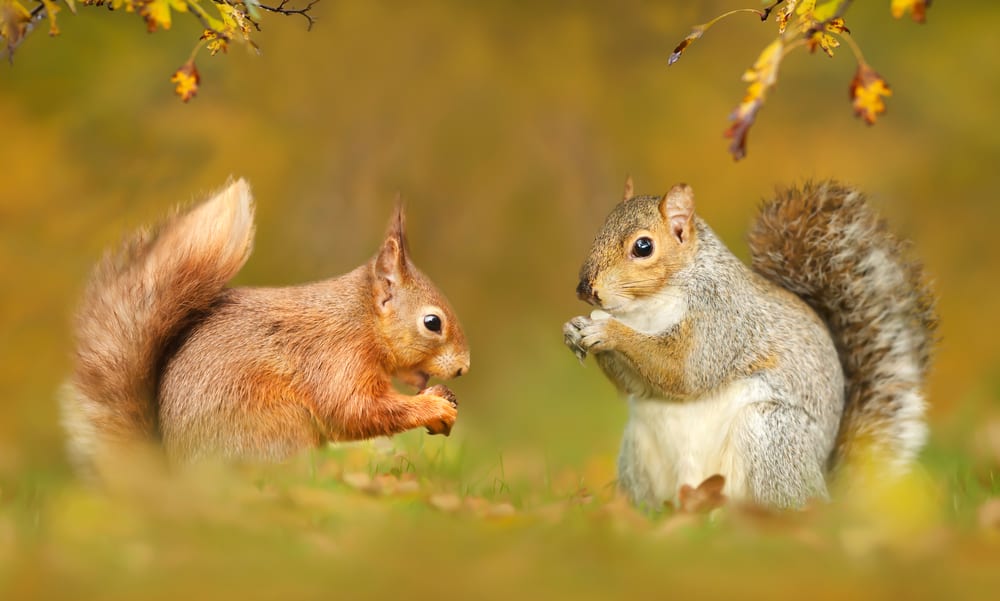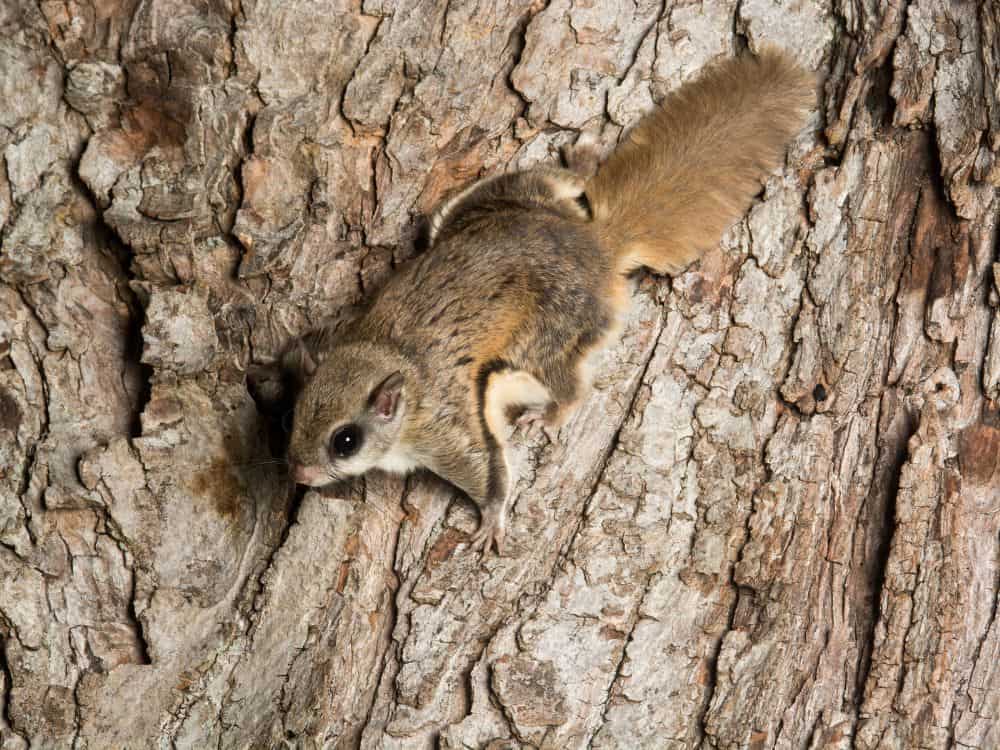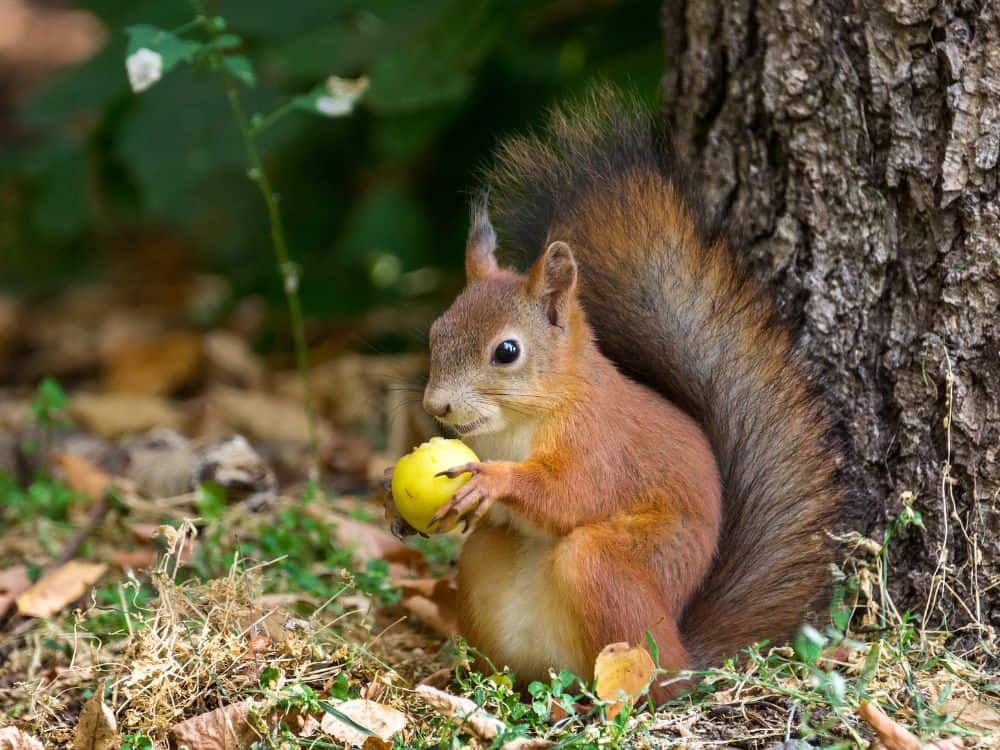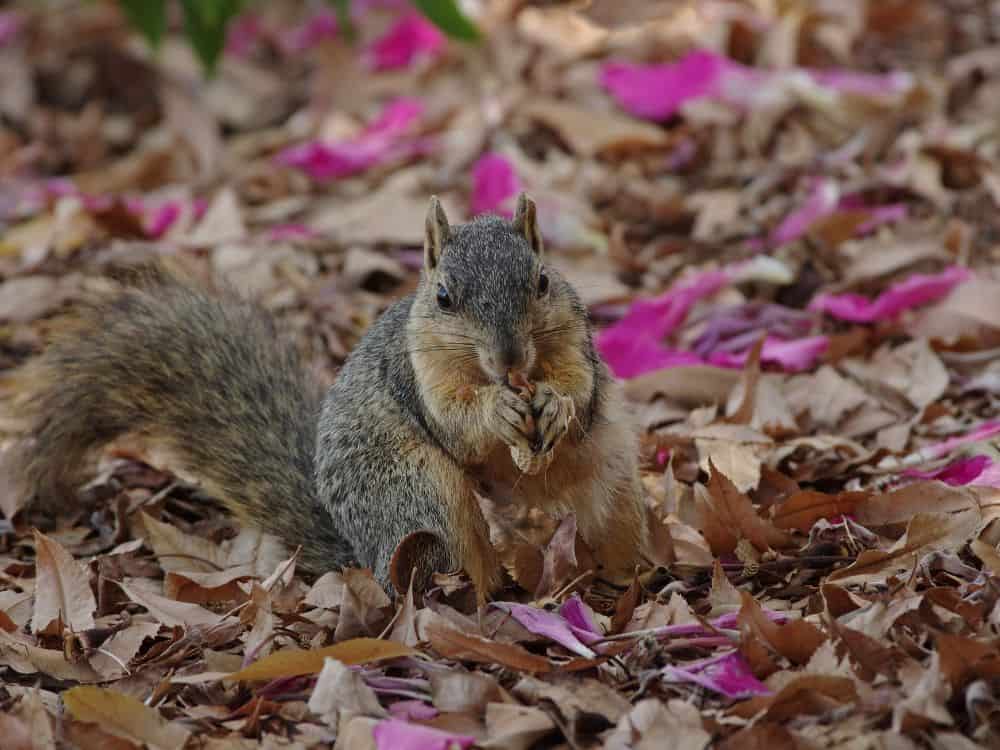Squirrels are some of the most well-known animals in North America and around the world. From their iconic bushy tails to their acrobatic gliding abilities, squirrels have captivated people for centuries. But how long do squirrels actually live?
Well, that answer isn’t cut and dried. It really depends on a few different factors such as species, habitat, and predators. In this blog post, we’ll explore the life expectancy for various squirrel species including fox squirrels, red squirrels, ground squirrels, flying squirrels, and more.
We’ll also cover topics like gestation period (how long it takes for baby squirrels to be born), diet (what they eat), and natural habitats or homes where these furry critters can be found. So let’s dive into the fascinating world of squirrel longevity!
What is a Squirrel?
Before we get into squirrel lifespans, let’s make sure everyone knows what squirrels are. Squirrels fall under the Sciuridae family and are mainly small rodents that have long tails and short legs. The squirrel range covers areas from North America all the way down to Mexico, and there is at least one type of squirrel found on nearly every continent of the world.
While there are a whole plethora of squirrel types, they all fall under three categories: the tree squirrel, the ground squirrel, and the flying squirrel. Let’s look at each one!
The Tree Squirrel
The most common squirrel type is the tree squirrel. This includes squirrel species like the eastern gray squirrel, the western gray squirrel, and the fox squirrel. Tree squirrels inhabit both urban and rural areas across North America and are often seen gathering nuts, scurrying up trees, and stealing seeds out of bird feeders!
Tree squirrels usually live in a nest or “drey” made of twigs, foliage (leaves), and moss that rests on the fork of a sturdy tree branch or is tucked away into a tree cavity or hole. This is where they have litters consisting of around three to seven baby squirrels twice a year.
The gestation period for these little critters is about forty days, give or take a few days. Adult females typically have larger homes than males do, which is due to them needing more space to nurse their offspring.
The Ground Squirrel
Ground squirrels are smaller (and sometimes way larger) cousins of the tree squirrel and can be found in the Eastern and Western United States, as well as Canada, Mexico, and other countries around the world. As their name implies, these squirrels live in burrows underground; they typically come out at dawn to forage for food such as grass and plants, as well as seeds and nuts, and more.
These types of squirrels have a gestation period of about twenty eight days and typically have large litters of seven to fifteen squirrels, yet only once a year. They also tend to live shorter lives than their tree squirrel relatives, usually because of predators.
The Flying Squirrel
Finally we have the flying squirrel. These unique squirrels inhabit North America and have a special membrane that allows them to glide from tree to tree. While these squirrels aren’t able to fly, they can sail through the air for up to 150 feet!
Flying squirrels usually have a gestation period of 35-40 days and have litters of 2-5 squirrels. They live in nests made of leaves and twigs tucked away into hollowed trees or cavities near the treetops. These squirrels do not typically experience high mortality rates due to predators.
What Factors Affect A Squirrel’s Life Expectancy?
Now that we know about the different squirrel species and their characteristics, let’s look at what factors can affect a squirrel’s life expectancy.
Habitat
The most important factor is habitat; squirrels can live in urban environments as well as wilderness environments. There are struggles in both places – for example, there are fewer predators in urban settings, but there are also more vehicles and professional exterminators and fewer trees for them to deal with.
Predators
Predators can also have an effect on squirrel life expectancy; squirrels in the wild are more likely to come across predators like hawks, owls, and weasels which hunt squirrels as a food source.
Male or Female
In addition, female squirrels tend to live longer than males due to the females staying safe within their nesting sites, while males tend to be out and about where predators or heavy traffic may signal their end.
Wild or in Captivity
Finally, squirrels living in captivity tend to experience longer life spans due to protection from predators as well as regular meals provided by humans. The average lifespan of a wild squirrel is between six to twelve years (though this varies by type) while squirrels that live in captivity can live as long as twenty five years.
Types of Squirrels and Their Lifespan
Believe it or not, life expectancy is actually different for every kind of squirrel – and there are several! Squirrels come in many different shapes, sizes, and colors depending on their species. Each squirrel type is found in a variety of habitats ranging from forests, woodlands, open fields, urban parks, deserts, tree cavities, and more.
Let’s look at some of the most common types of squirrels, including their habitat, what they eat, and how long they live in the wild.
#1 – Fox Squirrels
The most common squirrel species include fox squirrels (Sciurus niger), which can be found in North America. Fox squirrels are larger than most squirrel species and have an orange-brown to grayish-brown coat with a white underside. They eat a variety of foods, from nuts and seeds to fruits and vegetables, bird feeders, fungi, and more. Wild fox squirrels typically live between eight to thirteen years in the wild depending on their habitat.
#2 – Eastern Gray Squirrels
The next common squirrel is the eastern gray Squirrel (Sciurus carolinensis), which is found throughout North America. These squirrels are grayish brown on top with white fur underneath and have very bushy tails. They usually feed on tree buds, plant shoots, flowers, nuts, acorns, bird eggs, fruits and vegetables, fungi, beechnuts, and hickory nuts. The life expectancy of eastern gray squirrels in the wild is usually twelve years.
#3 – Western Gray Squirrels
The western gray squirrel (Sciurus griseus) is native to North America and has a very large tail compared to other squirrel species. They tend to have darker gray fur than their eastern relatives and feed mostly on fruits, nuts such as walnuts and pecans, mushrooms, twigs, leaves and bark. Wild western gray squirrels typically live seven to eight years in the wild.
#4 – Red Squirrels
Red squirrels (Sciurus vulgaris) are found in Europe and Asia and have a mix of red and gray fur. They feed on nuts, cones, seeds, fungi, bird eggs and occasionally small rodents. Red squirrels usually live one to three years in the wild as they often come into contact with predators like hawks, owls, foxes and snakes.
#5 – Ground Squirrels
Ground squirrels (family Sciuridae), which include species such as chipmunks and marmots, are smaller squirrels that have shorter life span than tree squirrels due to their ground-dwelling habits. Ground squirrels feed mainly on nuts, seeds, insects and other invertebrates but do not typically venture far from their burrows or nests. Wild ground squirrels usually live two to four years.
#6 – Flying Squirrels
Flying squirrels (family Sciuridae) are a group of squirrel species with special membranes connecting their limbs which allow them to glide through the air from tree-top to tree-top like a kite during dawn and dusk. They feed on nuts, fruits, fungi, bird eggs and small snakes and have a life expectancy between three to five years in the wild.
What is the Longest Squirrel to Ever Live?
So, what is the longest recorded life for a squirrel, you may be wondering? Interestingly enough, the squirrel that lived the longest was an eastern gray squirrel. Though we are unsure if it was male or female, it resided in captivity at the Racine Zoo in Wisconsin, and reached an impressive ripe old age of twenty-three and a half years!
As we have explored in this article, squirrels typically do not live such long lives. Indeed, their longevity can be increased through proper care, nutrition, and habitat.
Furthermore, squirrels are highly adaptable creatures that can live in a variety of different habitats, from forests to deserts and urban parks. While squirrels often face many dangers due to predators, they are some of the most charismatic and resilient wildlife species in the world.
Conclusion
In conclusion, squirrels have quite varied lifespans depending on their species and environment. The six squirrel species discussed above represent just some of the squirrels found in North America and beyond, with each providing its own unique set of characteristics. And as you can imagine, squirrels who live in areas with fewer threats from predators tend to live longer than those living in life-threatening situations each day.
No matter where squirrels live, though, they all bring joy to many lives. Whether it be humorously raiding bird feeders or chasing each other up and down trees, squirrels are a beloved part of our wildlife. So if you want to encourage squirrels to thrive in your backyard, it’s important to provide them with a safe and healthy habitat – this way, squirrels can live up to their full life expectancy and bring joy to squirrel-lovers all around.
Do you let squirrels live in your backyard? How do you keep them safe and supported? Share your squirrel stories with us!



